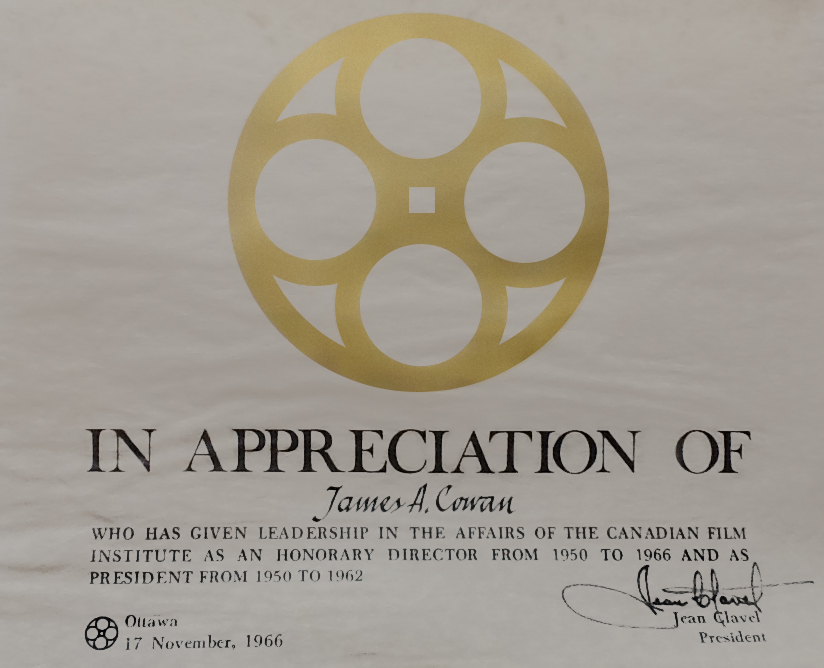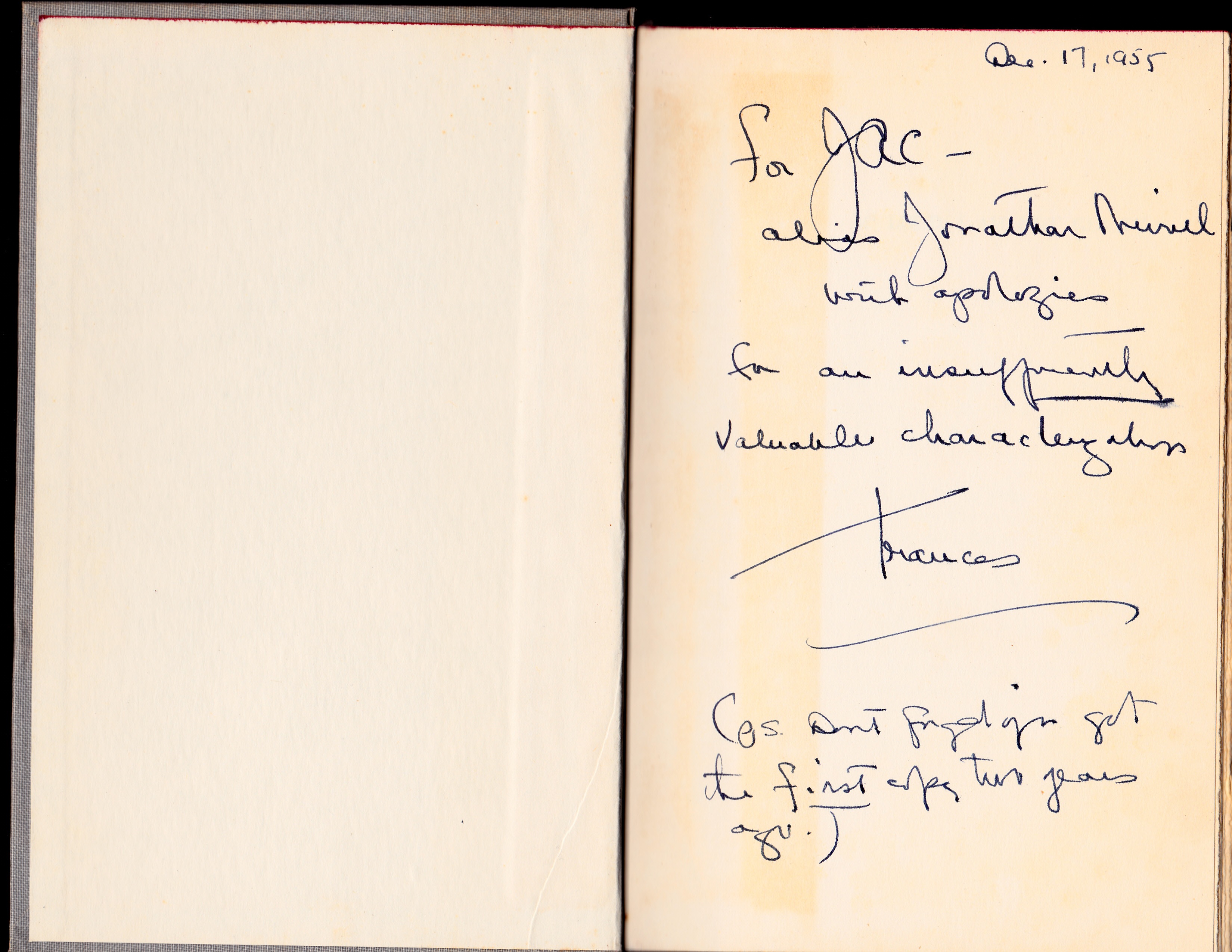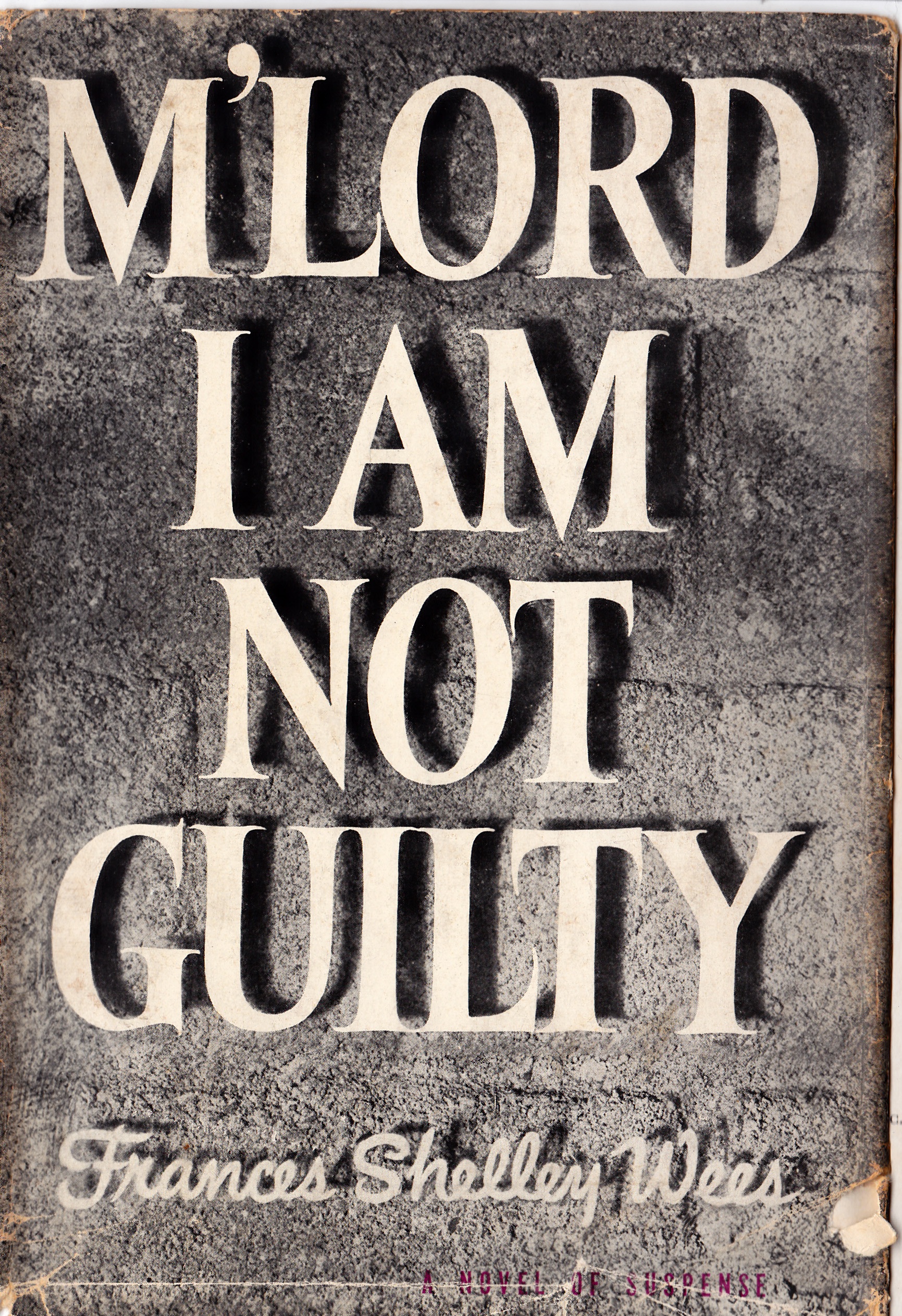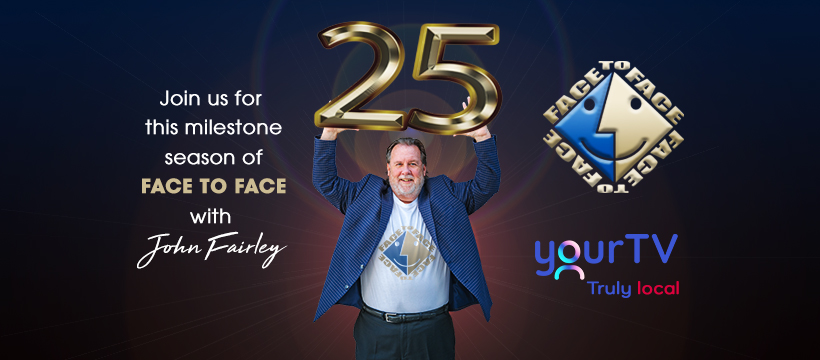James A. Cowan
Overview
James Alexander Cowan was born in Shakespeare, Ontario, on October 27, 1901. The almost seventy-seven years that were his life were quite an adventure, coming at a time when Toronto and Canada were coming of age. The whole world was changing, and he was there for many of the important chapters of the period.
He was the eldest child of Presbyterian minister Hugh Cowan and his wife Jean Wood.
Early Life & Education
Jimmy Cowan, or JAC as he was often known, spent some time at the University of Toronto and was editor of The Goblin, a campus publication. He also worked as a promoter for The Dumbells, a travelling troupe of vaudevillian musicians.
His career took him from U of T to writing at the Toronto Star and later as an editor at Star Weekly. His colleagues included Greg Clarke, Morley Callaghan, and Gordon Sinclair. During those years he met and worked with another writer at the Star who became a life-long friend — Ernest Hemingway. Just prior to Hemingway’s departure for France, Ernest served as best man when Cowan married Grace Williams in Toronto on January 12, 1924, at Hemingway’s apartment at Cedarville Mansions, 1599 Bathurst Street.
Toronto of the 1920s was an exciting place, and the newspaper business was a great centre of community life. Toronto and Ontario were awakening as places of industry and commerce. In his twenties, Cowan went on to write features for the Star and later for Maclean’s, as well as contributing to Esquire magazine.
Public Relations Career
His talents led him into the new world of public relations as Canada’s first PR specialist (or consultant as it was then called), representing and advising a wide range of firms. He was known for an intuitive sense of the right direction and message for his clients. Malcolm Gladwell would later describe such people as “Connectors.” Cowan maintained a wide circle of business relationships at a time when “who you knew” was even more important than it is today.
He had a long-standing interest in the energy business, with a focus on uranium and radium — what would later be known as the nuclear power industry. His travels included Fort McMurray, Great Bear Lake, and Great Slave Lake.
Cowan served as a personal and corporate advisor to magnate Cyrus Eaton of C&O Railway, and was active in public relations for Steeprock Mines and Canada Steamship Lines. He also advised politicians and political parties, and between 1935–1939 occasionally served as a personal public relations advisor to President Franklin D. Roosevelt. In Canada his politics were associated with the Liberal Party.
He represented Rank Films of Great Britain (famous for its gong logo) as Director of Public Relations. Rank produced many of the UK’s most important films, owned Pinewood Studios and Odeon Cinemas, and was home to major British stars. Cowan hosted actors visiting North America including Sir Alec Guinness, Sir Laurence Olivier, John Mills, Deborah Kerr, Trevor Howard, Jean Simmons, Stewart Granger, Basil Rathbone, Michael Redgrave, and Leslie Howard.
In 1952, he was elected the first president of the Canadian Film Institute (previously the National Film Society). He served as President for 12 years and continued as an honorary director until 1966.

Notable Contributions
- Acquired rights to Madame Tussaud's Waxworks for Canada and brought it to Niagara Falls.
- Wrote the script for The Secret Years of El Dorado, a documentary on radium discoveries and the nuclear industry in Canada. The film won the Non-Dramatic Script award at the 1968 Canadian Film Awards (now the Genie Awards).
- Helped found the Stratford Festival in the early 1950s, leveraging his UK connections to secure actors such as Sir Alec Guinness. Oversaw and financed the initial PR and fundraising efforts, executed by Mary Jolliffe, the festival’s first publicist. He also helped secure international press coverage and arranged for the NFB documentary The Stratford Adventure.
- First National Campaign Chairman of the Canadian Cancer Society, serving 18 years on its National Board.
- Advocate for conservation, helping to secure Canadian support for the Quetico-Superior Foundation to preserve boundary waters — now the largest international wilderness preserve in the world.
- In the 1950s, advocated for blended-income housing in Toronto’s Regent Park redevelopment. Though rejected then, his vision became the model later adopted in Ontario urban planning.
Legacy & Later Years
The prolific mystery novelist Frances Shelley Wees based her recurring sleuth, Dr. Jonathan Merrill, on her friend James A. Cowan. Merrill, a University of Toronto psychologist who consulted with police, appeared in multiple novels. A 1957 Toronto Telegram review of Wees’ Murder in Muskoka noted the “real-life model” was a Toronto PR man. In 1955, Wees inscribed a copy of M'Lord I Am Not Guilty to Cowan, confirming the identity: “for JAC — alias Jonathan Merrill with apologies for an insufficiently valuable characterization.”


He later served on the founding board of CTV. One of his last major projects was Expo ’67, though he remained active in corporate life into his seventies. James A. Cowan died on September 9, 1978, in Bracebridge, Ontario, and was buried at Mickel Cemetery in Gravenhurst, in his beloved Muskoka.
James A. Cowan was the grandfather of John Fairley.
Acknowledgements
Mary Jolliffe, C.M., long-time Stratford Festival and Canada Council publicist, shared her recollections of James A. Cowan. Public relations specialist Kevin Putnam, who studied Cowan’s life in preparation for a book, also contributed valuable insights. Lindsay Thompson of Marketing Magazine helped secure a 1961 profile of Cowan.
References
- Baker, Carlos (1969). Ernest Hemingway: A Life Story. Scribner’s.
- Burrill, William (1994). Hemingway: The Toronto Years. Doubleday Canada.
- Harkness, Ross (1963). J.E. Atkinson of The Star. U of T Press.
- Searle, R. Newell (1977). Saving Quetico Superior: A Land Set Apart. Minnesota Historical Press.
- Nolan, Michael (2001). CTV: The Network That Means Business. U of Alberta Press.
- Sriramesh, Krishnamurthy & Vercic, Dejan (2009). The Global Public Relations Handbook. Routledge.
- Warecki, George (2000). Protecting Ontario’s Wilderness. Peter Lang.
- Knott, Leonard (1955). The PR in Profit: A Guide to Successful Public Relations in Canada. McClelland & Stewart.
- Patterson, Tom & Gould, Allan (1999). First Stage: The Making of the Stratford Festival. Firefly Books.
- Davies, Robertson & Guthrie, Tyrone (1971). Renown at Stratford. Clarke, Irwin & Co.
- Guthrie, Tyrone; Davies, Robertson; & MacDonald, Grant (1954). Twice Have the Trumpets Sounded. Clarke, Irwin & Co.
- Walker, Dean (1963). “Meet Cowan — Phantom of Canadian PR.” Marketing Magazine, April 26, 1963.
- MacTaggart, Ken (1945). “Liberty Profile: Jimmy Cowan.” Liberty Magazine, April 28, 1945.
- Various articles in The Toronto Star, Star Weekly, The Varsity, The Goblin, Esquire, Maclean’s.
